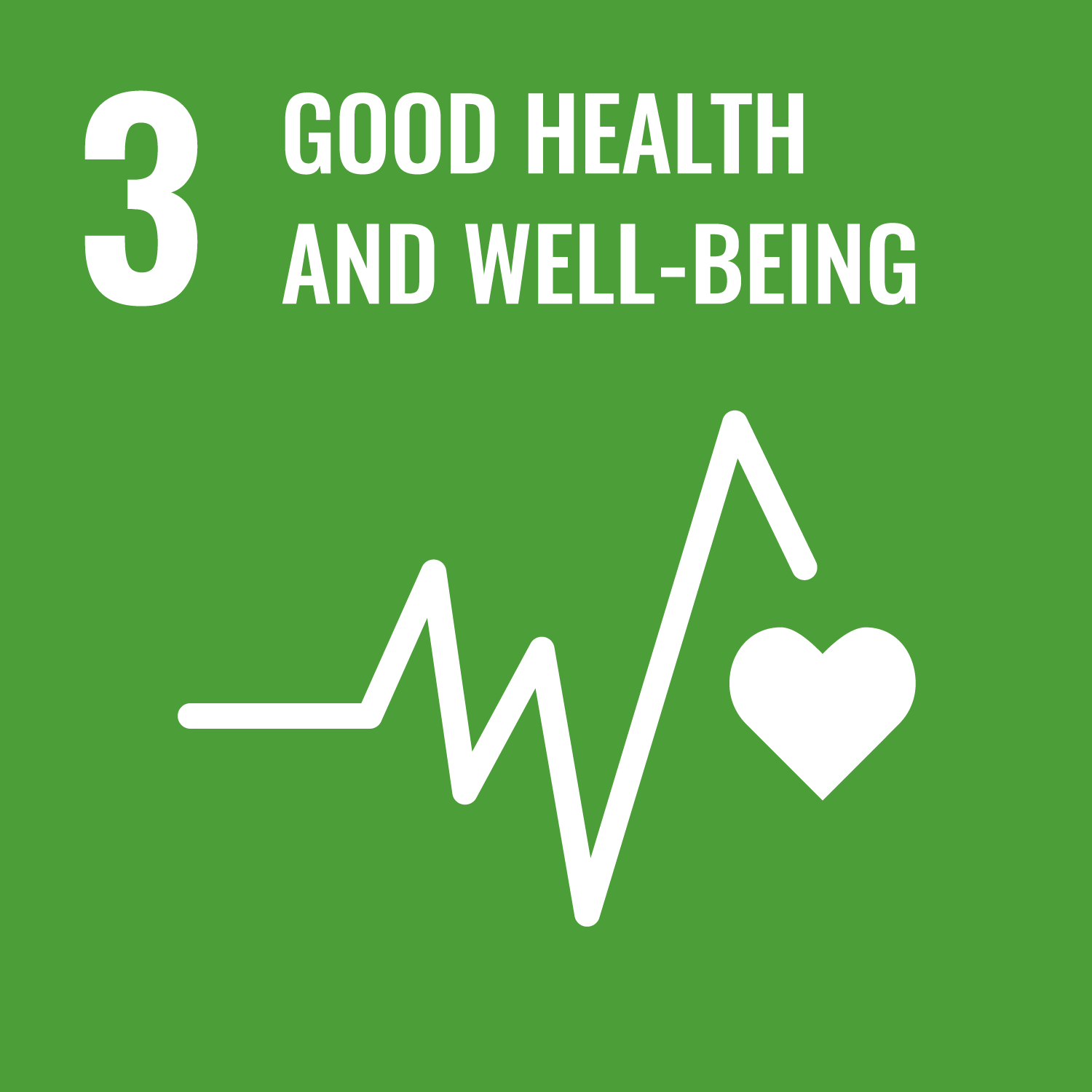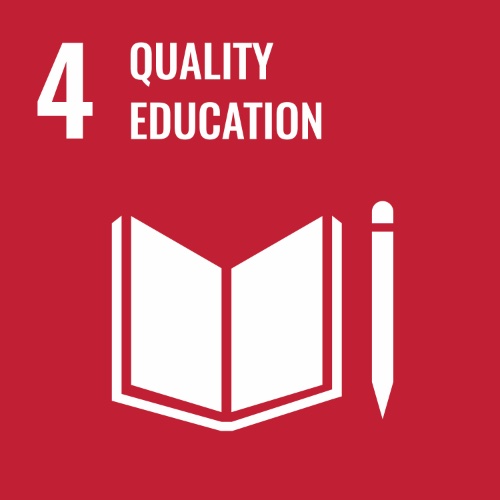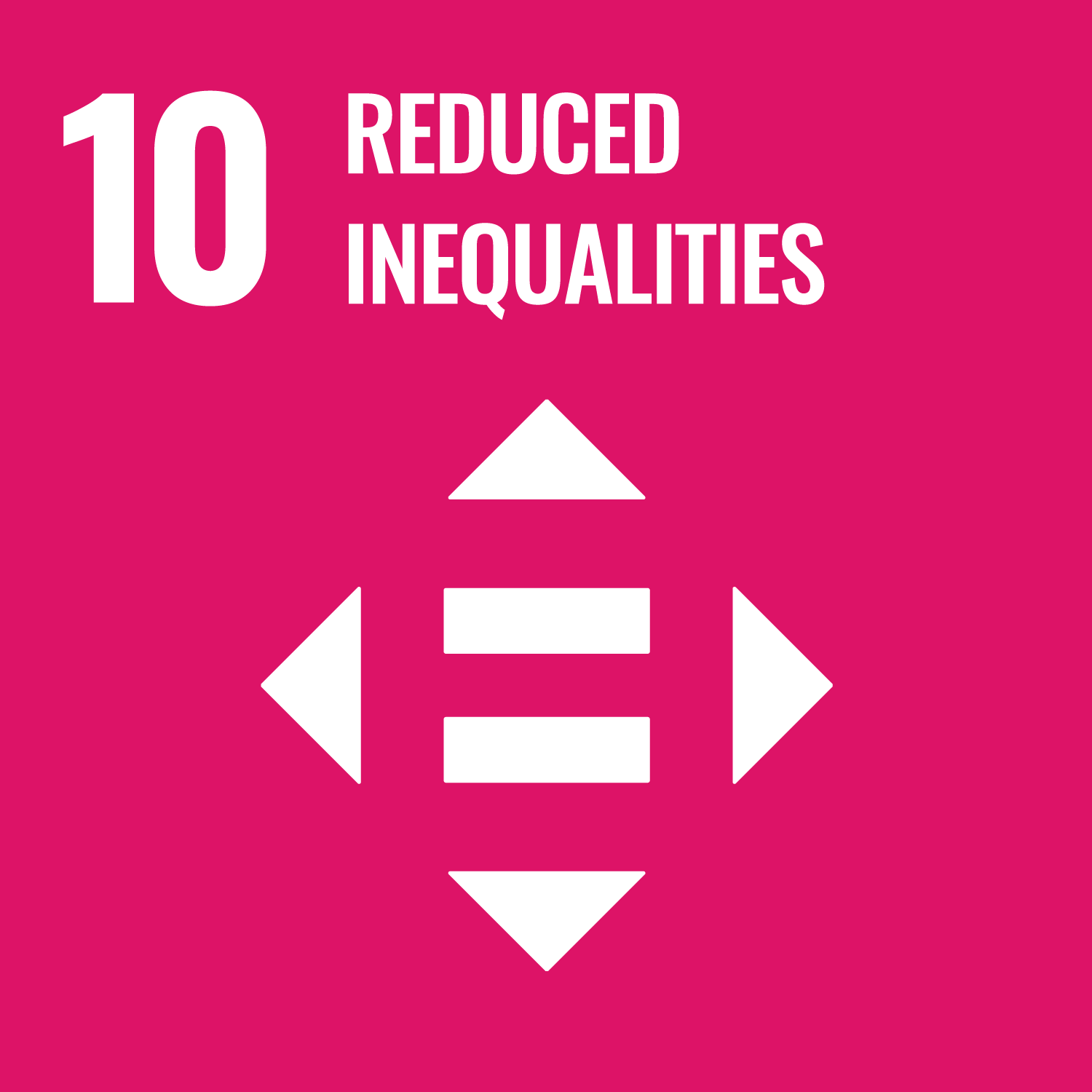This report presents the findings from a study conducted on the rights and wellbeing of LGBTI children under the age of 18 in Nepal. The report opens by highlighting the contrast between the positive legal and political recognition of the rights of LGBTI people in Nepal with the continued widespread human rights violations, stigma, discrimination and sexual exploitation faced by the LGBTI community.
The study conducted in-depth interviews with 20 LGBTI children, focus group discussions and key-informant interviews across four districts in Nepal: Bara/Parsa, Sunsari and Kathmandu. The findings from the interviews with LGBTI children are structured by theme and examine the experiences of LGBTI children, their knowledge on rights and protections and their experiences in relation to their rights to liberty, education, protection and health. The findings from the key informant interviews focus on the interviewees understanding of LGBTI issues and government views on opportunities and policy options. The study found a low level of knowledge of LGBTI identities and specific needs among the key-informants.
The report concludes with a series of recommendations for governments, NGOs and CSOs to implement to address the challenges faced by LGBTI children in Nepal.








